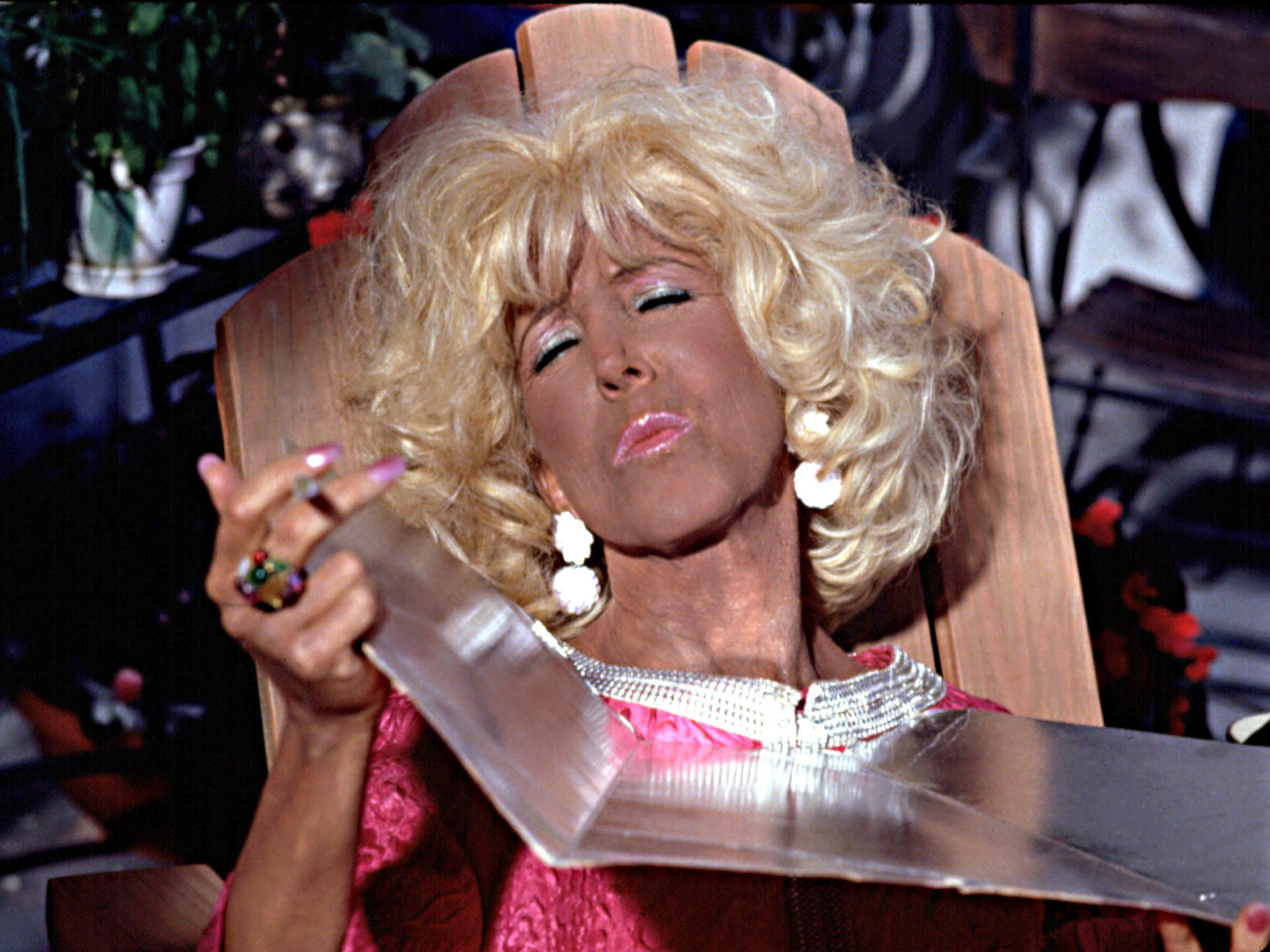This is why you need to wear sun cream every day
All of those anti-ageing creams are null and void if you don't use an SPF


All of those anti-ageing creams are null and void if you don't use an SPF
You might be slapping on an anti-ageing cream every night, but unless you’re applying the best sun cream with both UVA and UVB protective sunscreen each morning, the skin ageing clock will simply keep on ticking.
It’s well documented that UV rays account for 80 per cent of skin ageing, yet less than 50 per cent of women use SPF daily. Tut tut, indeed.
Recently, skincare brand, Olay, investigated a gene which is a marker of cellular ageing called CDKN2A (Cyclin-Dependent Kinase Inhibitor 2A) and found that it was elevated on the sun-exposed body parts of both Caucasian and African American women – demonstrating a direct link between the appearance of ageing and excessive sun exposure.
When they compared the structure of skin that had been exposed to years of sun (say, a woman’s face) with that of skin that hadn’t been exposed as often (for example, her back), they found that the skin that hadn’t been exposed to the sun as often had the similar structure to the face of someone who was 20 years younger. Truth.

This isn’t the first time this observation has been made. In fact, in 2013, Australian researchers found that regular sunscreen use protected against photo-ageing: the wrinkling, spotting and loss of elasticity caused by exposure to the sun's ultraviolet radiation.
'Skin surface patterns reflect the severity of the sun's damage to the deeper skin, especially to the elastic fibres and collagen,' the study's lead author, Dr. Adele Green, said at the time.
Celebrity news, beauty, fashion advice, and fascinating features, delivered straight to your inbox!
During the trial, damage was measured on a scale from 1 to 6, with 1 signifying no damage, and 6 meaning skin with severe ageing. Participants were then given a score at the start of a four-year period and another score at the end of the trial. What was found was that those who used sunscreen daily were 24 per cent less likely to show increased signs of ageing.
This view was seconded by the L’Oreal Research and Innovation Center in Paris. During a study of 298 women, aged 30 to 78, the researchers found that women with 80 per cent sun damage looked their age, while those who had 82 percent sun damage looked about three years older, and those with 78 per cent sun damage appeared three times younger.

So what exactly does the sun do to your skin?
Well, it does damage to your skin with different types of radiation. You have UVB (the rays that burn your skin), which is the primary cause of skin cancer, and then you have UVA (the rays that age your skin), which not only rob the skin of its natural ability to hold its shape, but can cause hyper pigmentation, commonly known as sun spots.
Although we've grown up knowing about the dangers of UVB rays, a lot of us are still unaware of the effects UVA can have on our skin. For instance, the fact that these rays can penetrate through glass, so if you're indoors, but sitting by a window, you will still be affected by the sun's rays that age you.
But the real kicker is the fact that photo-ageing isn’t part of the natural ageing process – it’s avoidable. Look for a moisturiser with an SPF to help – our sister site Powder will help you find one.
A study published by the American Society for Photobiology found that people acquire only 23 per cent of their sun damage by age of 18, and get around 10 per cent more every decade after that.
The message? Look after your skin and apply a UVA and UVB protective sunscreen every morning (after your moisturiser and primer, but before your foundation).
Save
